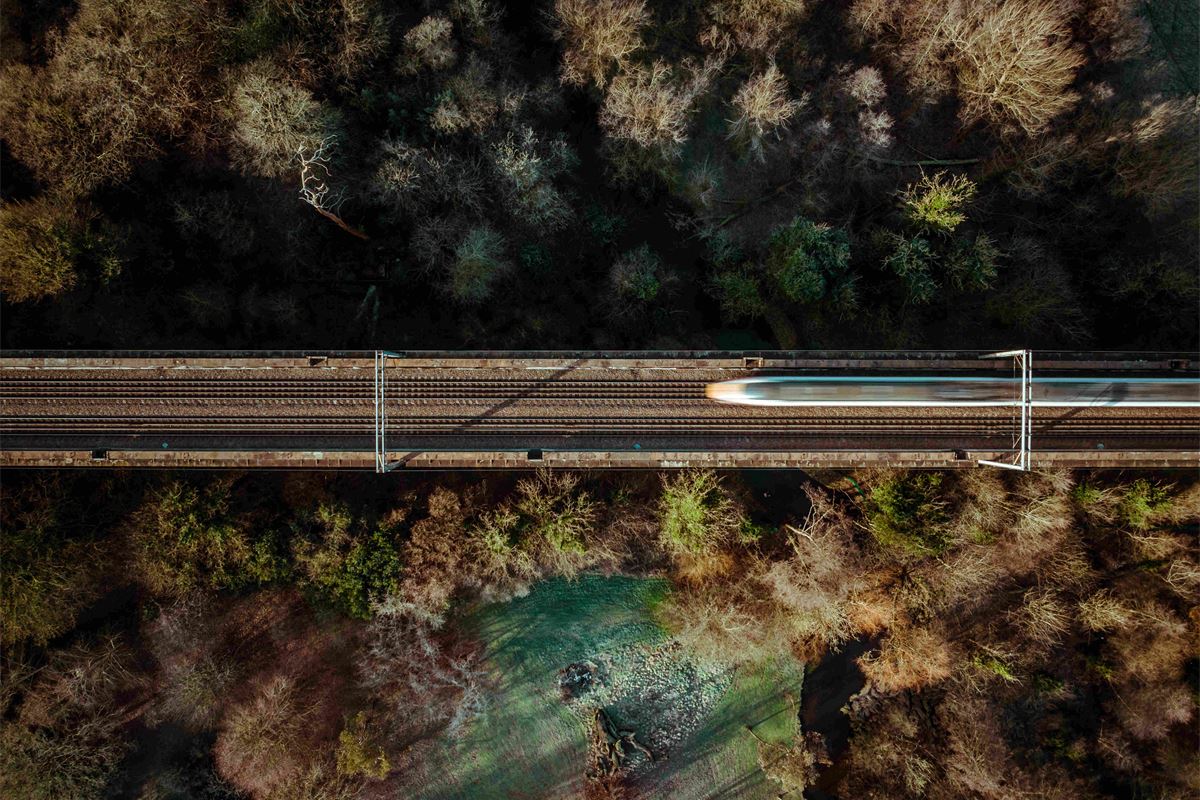Infra
Building tomorrow’s resilience today: Climate-proofing Europe’s infrastructure

It is no secret that infrastructure systems like railroads, bridges, highways, water systems, and the power grid underpin Europe’s economic development. They improve our quality of life and enable critical programs like the transition to cleaner and more sustainable sources of energy. But like the rest of the continent, these essential assets are not immune to the growing pressures of climate change. Last summer, Storm Daniel, one of the deadliest Mediterranean tropical cyclones on record, destroyed roads and railroads, including 50 kilometres of a vital north-south rail link in Greece. Extreme flooding and heatwaves increasingly affect power supplies in France, Germany, and other countries.
Forecasts are clear: these extreme weather events will only worsen, as will their impact on our infrastructure. Compounding the problem, infrastructure assets are typically interconnected across transport, energy, and water, which increases their vulnerability to systemic failures. The European Environment Agency estimates that approximately 60% of power failures in Europe lead to service interruptions in other sectors, causing significant economic damage.
Climate change is highlighting the pressing need to increase the resilience of aging infrastructure, but doing so poses big challenges. First, the cost of increasing infrastructure resilience is substantial. While estimates vary greatly, a United Nations study from 2021 suggests that adapting existing infrastructure to the intensifying effects of climate change at global level will account for 88% of the total adaptation costs projected through 2050[2]. This comes on top of the new infrastructure deployments already needed to reach the European Union’s climate ambitions[3].
60% of power failures in Europe lead to service interruptions in other sectors1
Second, futureproofing our infrastructure is a complex task involving a wide range of stakeholders. As it stands, infrastructure assets are typically managed in a siloed manner, with separate infrastructure managers looking after water, transport, and energy assets in isolation. Adapting to the climate crisis will take a radical shift in the way infrastructure is governed–one that is holistic and underpinned by close collaboration across sectors.
Further reinforcing these points, several recent studies lead to the same conclusion: that more integrated policies are needed at a European level, and that now is the time to act, as the cost of inaction will only grow over time. EU institutions, member states, and industry urgently need to find innovative ways to address these challenges.
This is where digital-ready policymaking comes into play. Today, data is an essential enabler of more resilient infrastructure, and as much a critical component of infrastructure as bricks and mortar, concrete and rebar. Especially at a time when public funding of infrastructure is under pressure, digitisation and data-centric approaches have the potential to alleviate some of the significant resource bottlenecks that we face. It’s about doing more with less.
Digital twins—dynamic, digital representations of physical infrastructure assets in their full context—are a key element in this equation. By leveraging AI and machine learning to derive insights from massive amounts of data, digital twins can play a central role in futureproofing infrastructure—from monitoring the quality and health of assets, to simulating different climate scenarios, enabling preventative maintenance, or integrating resilience criteria in the design of infrastructure.
Across the globe, digital twins are increasingly used for infrastructure resilience. In Lisbon, the city administration uses advanced flooding models to simulate sea level rises and extreme rainfall events to anticipate and address potential impacts on the city’s infrastructure.
In Hawaii—a US state that has historically been vulnerable to extreme weather events—the local transport authority is leveraging advanced AI and machine learning to automate their road quality assessments, enabling preventative maintenance and more proactive interventions.
Across use cases such as these, digital twins have provided a more efficient, collaborative, and cost-effective way of managing infrastructure in changing climate dynamics. They lay out a whole-system view of infrastructure in a way that can respond to the risks of systemic failure.
Looking at the new EU political cycle, there are encouraging signs that infrastructure resilience will be prioritised, notably with the implementation of the Critical Entities Resilience Directive, and the recently announced European Climate Adaptation Plan as part of President von Der Leyen’s 2024−2029 political guidelines. However, much work remains to be done on the digital front. Beyond positive initiatives such as starting development on a framework for open, interoperable digital twins for the electricity grid, EU policymakers can embrace the potential of digitisation to address resilience in a holistic way.
88% of global climate adaptation costs are infrastructure-related2
For example, in the next long-term EU budget, infrastructure funding programs such as the Connecting Europe Facility can be revised in a way that rewards best practices in infrastructure project delivery, particularly when it comes to the adoption of digital processes and delivery of data-driven outcomes throughout the entire lifecycle of infrastructure assets. This would help ensure that the next budget delivers impact in line with the EU’s political priorities.
Similarly, any revision of public procurement rules at EU or national levels can incentivise the use of digital methodologies to maximise the public utility, lifespan, and sustainability of both new and existing infrastructure—moving away from the “cheapest bid wins” paradigm still prevalent in tenders for capital-intensive projects.
Finally, any sector-specific EU policy initiative with implications for energy, water, or transport infrastructure should look for ways to unlock the potential of digitisation, data, and digital twins to break down silos between sectors and enable better decisions. Through digital-ready policymaking, the EU can incorporate resilience into the very fabric of how it designs, builds, and operates infrastructure. This is among the best ways to reduce risk for these critical sectors and prepare us all for a future of climate and geopolitical uncertainty.
Bentley Systems is the infrastructure engineering software company. Its industry-leading software solutions are used by professionals, and organizations of every size, for the design, construction, and operations of roads and bridges, rail and transit, water and wastewater, public works and utilities, buildings and campuses, mining, and industrial facilities.










